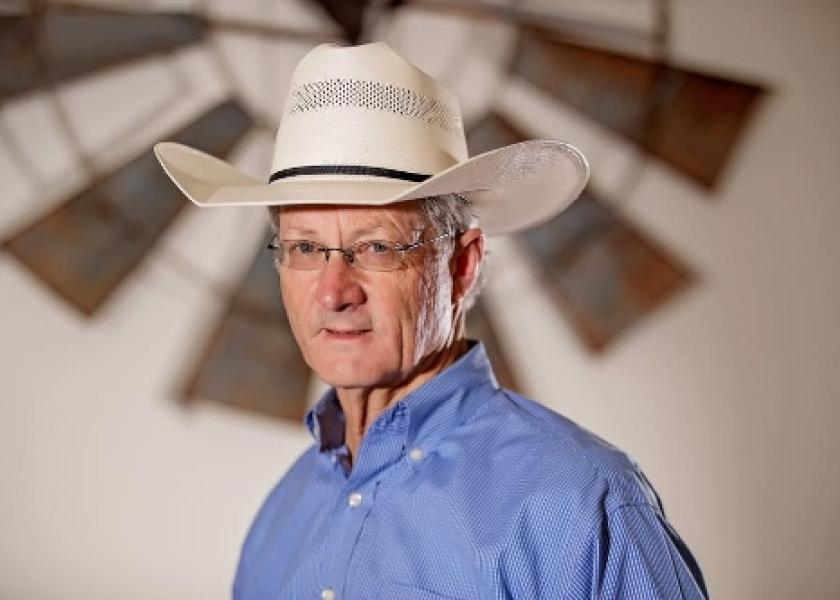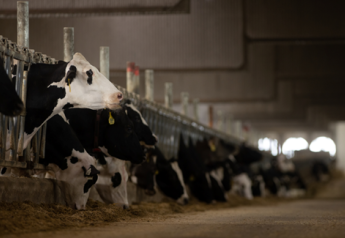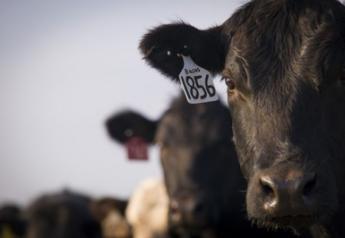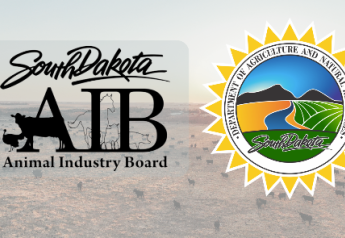Is There Really a Rural Veterinarian Shortage?

Editor’s Note:
At this year’s American Association of Bovine Practitioners (AABP) Conference, Dr. Glenn Rogers, Graford, Texas, finishes his term as AABP President. In this column, and more to follow, Dr. Rogers addresses some key insights from his involvement in AABP leadership.
By Glenn Rogers, DVM, Grassy Ridge Consulting, 2018/2019 AABP President
“The first lesson of economics is scarcity: there is never enough of anything to fully satisfy all those who want it. The first lesson of politics is to disregard the first lesson of economics.” Thomas Sowell
A common phrase heard in many coffee shops, sale barns and other places cattle owners congregate goes something like this, “You can’t ever get a vet when you need one.” I’ve heard this or similar statements many times over my career when visiting with producers one-on-one at meetings or other settings. Typically, the person making this type statement rarely utilizes scheduled, preventive veterinary services, but is annoyed once or twice a year when a veterinarian is not immediately available for an emergency. This common “veterinary shortage” statement generally does not indicate willingness to support a local practitioner by utilizing routine preventive health services and as an investment in their operation. As stated in last month’s newsletter, the education of future and current producers on the importance of investment in competent veterinary services is critical in the veterinary shortage equation. There will never simply be enough veterinarians to alleviate this real or perceived “shortage.” Demand creation will increase supply.
For purposes of this article, the term “rural” refers to areas where agriculture is a significant part of the local economy. When addressing unmet needs for bovine veterinary services, there is a clear distinction between rural mixed practitioners and practitioners focusing solely on production medicine. Rural mixed practitioners are totally embedded in a rural community, usually have a smaller geographic base and (unless able to specialize in a large group practice) must have competencies with food animals and companion animals. Production Species Specialists, such as feedlot consultants, dairy consultants, swine veterinarians or poultry veterinarians, may or may not be embedded in a single rural community and often cover a larger geographic base. I would argue that unmet veterinary needs are primarily related to rural mixed practitioner availability and not production consultants. Status elevation of rural mixed practice (with educational emphasis at veterinary colleges and a specialty category for board certification) are needed steps towards addressing the unmet needs of rural communities. Rural mixed practice should be considered a specialty that encompasses general clinical practice with all animal species, including farm animals
Is there really a shortage of rural veterinarians (supply) or is there a shortage of rural communities willing to support veterinarians in establishing and maintaining an economically sustainable practice model (demand). Accelerated efforts to increase supply through increased class sizes at existing CVM’s and building of new veterinary schools, without improved preparation for rural practice and demand creation seems to be doing the same old thing while expecting different results.
Rural communities with unmet veterinary service needs should share in the responsibility for acquiring and maintaining these services through efforts to support veterinarians in establishing and maintaining an economically sustainable rural practice model. Training programs for rural community leaders could provide a better understanding of the financial and personal commitment required to support a veterinary practice. This should include complete transparency on student debt realities, facilities, real estate, equipment costs and competent staff salaries. Many of these areas with unmet needs are also seeking human medical professionals. Efforts to recruit and retain MD’s should be duplicated with DVM’s. To quote a classic line from one of my favorite movies, “Build it and they will come.”
From a purely economic viewpoint, rural communities and livestock enterprises that are not willing to invest in competent livestock services should not expect to have these services readily available. However, economics is not the only consideration. In addition to routine and emergency services to improve animal welfare, herd health, nutrition and reproductive management, veterinarians are needed to maintain a safe and wholesome food supply for US and international trading partners. Federally accredited and state certified veterinarians are needed to meet traceability rules and state regulations for interstate movement of livestock. Food safety involvement, including responsible use of antimicrobials, are vitally important. The failure to have access to veterinary services in certain areas of the country is simply not acceptable when considering the importance for national and international Food Security, regardless of the economic argument. Programs such as the Veterinary Medical Loan Repayment Program (VMLRP) and similar state loan repayment programs are needed now and will likely continue to be needed in the future. The price our nation’s agricultural economy could potentially pay for a disastrous introduction of a foreign animal disease, due in part to not having a trained first-line defense in the form of rural practicing veterinarians, is far greater than the cost of necessary subsidization and support for strategically placed rural veterinarians in underserved areas. These short-term government subsidies are necessary for unmet veterinary service needs. However, these should be viewed as a band-aid approach for a much deeper problem with regards to the sustainability of veterinary practices in rural North America.
Lincoln Memorial University College of Veterinary Medicine is the newest CVM in the U.S. and emphasizes rural practice, particularly in underserved Appalachian communities. An April 4, 2019 report in VIN News addressed where the first graduates from Lincoln Memorial landed in their first year. Of the 87 graduating in the inaugural graduation class of 2018, 27% are working and living in Appalachia, but only 14% in mixed and large animal practice. LMU is utilizing veterinary school location and emphasis to address rural veterinary shortages. Building veterinary schools in Appalachia and the Texas Panhandle may increase the number of veterinarians practicing in these underserved areas, but ultimately, long-term sustainability will depend on the willingness of rural communities and livestock producers to support these veterinarians.
In 2010, AABP leadership responded to the reports of “rural veterinary shortages” by forming an Ad Hoc Committee on Rural Veterinary Practice (later becoming the Veterinary Practice Sustainability Committee). Many hours of work, by AABP volunteers, with no associated political agenda, developed the following position titled Summary Opinion of the American Association of Bovine Practitioner’s Ad Hoc Committee on Rural Veterinary Practice. In the summary to this document the following was stated:
“There are many trends and competing influences affecting the current and future viability of rural practices. While some are out of the control of the veterinary profession, some are clearly in our control. A void of veterinary involvement in rural communities has negative implications for animal welfare, public health and food safety. Simply increasing the number of available veterinarians will not solve this problem.”
The Summary Opinion of the VPS committee was clearly counter to the prevailing winds of thought and positions of the AVMA, AAVMC, CVM’s looking to increase class sizes and universities wishing to add a College of Veterinary Medicine. The AABP statement was criticized for not marching to the same drummer. This summary opinion was accurate then and is accurate now. Simply increasing the number of available veterinarians will not solve this problem.
After almost 10 years since the AABP response, veterinary education stakeholders and media outlets have only accelerated the call for correcting the “rural veterinary shortage”. AABP, through the VPS efforts with USDA-NIFA funded workshops and CE opportunities at our annual conferences continues to provide opportunities to better prepare veterinarians for the financial and unique challenges of rural practice. The VPS committee recognizes the challenge faced by our profession to meet the needs of the livestock client involves both the Supply Side (the veterinarian’s) perspective, and the Demand Side (the clients’) perspective.
AABP will continue lead in bridging the training and demand creation gap. Programs developed through the VPS Committee, leading edge bovine continuing education and the work of several highly productive committees (including contributions from the newly created Food Animal Educators Task Force) will greatly assist in this important endeavor. Substantial membership growth in AABP is likely possible through the recruitment of more rural mixed practitioners.
Every veterinarian practicing in rural North America should become a member of AABP!







